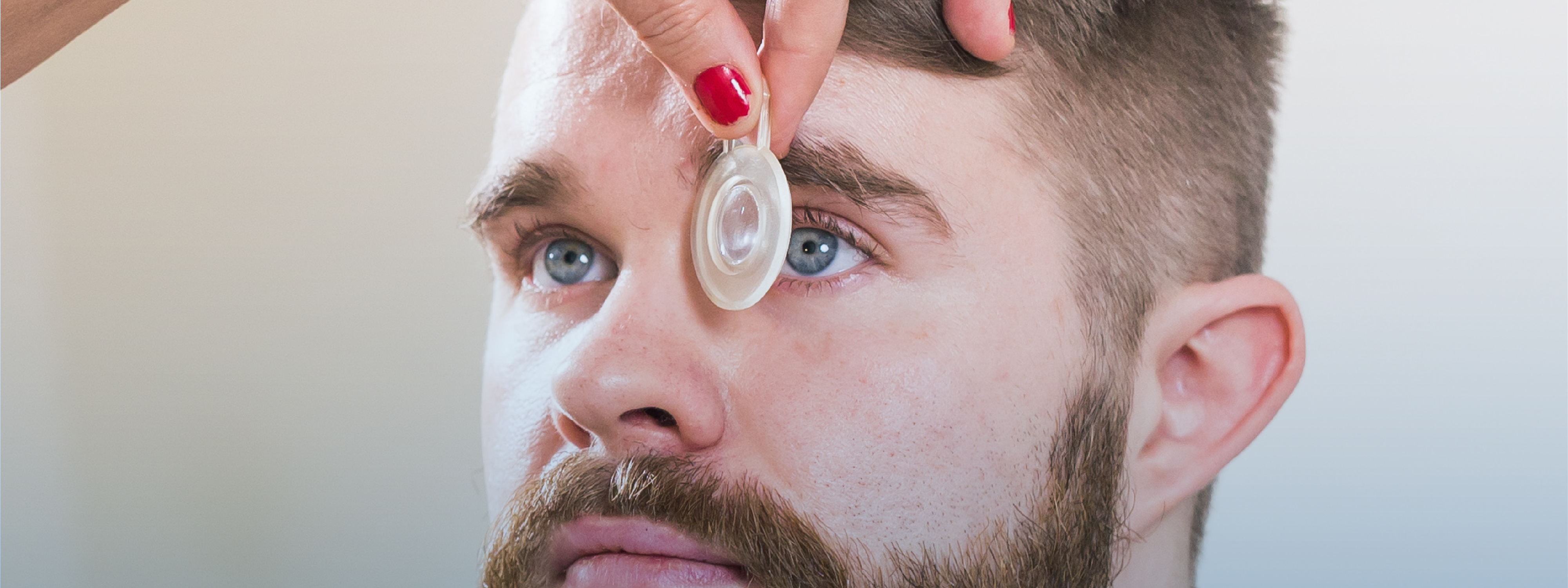 8+ years of exp
8+ years of exp
Languages
English, Marathi and HindiClinics
HealthHub - Al Qusais
HealthHub Day Surgery - Festival City
Home › Squint Correction

A squint, medically known as strabismus, is an eye condition where the two eyes are not aligned properly. One eye may look straight ahead while the other turns inward, outward, upward, or downward. Though often associated with children, squint can affect adults as well, leading to symptoms like double vision, eye strain, and difficulties with depth perception. The good news is that effective squint correction in Dubai is available. Our ophthalmology department offers advanced strabismus treatment in Dubai for adults, helping to realign the eyes, improve vision, and boost confidence. We take an authoritative yet compassionate approach to care, ensuring you feel informed and comfortable every step of the way.
Accurate diagnosis is the first step toward effective treatment. When you visit our clinic for a squint evaluation, our specialists perform a thorough examination to understand the type and cause of your eye misalignment. The diagnostic process generally includes:
By conducting these detailed diagnostic steps, our squint correction doctors in Dubai can formulate a personalized treatment strategy. We ensure you understand your diagnosis and are given clear information about the condition and its implications before moving on to treatment options.
Treating a squint in adults often requires a multifaceted approach. At our Dubai clinic, we offer both non-surgical and surgical interventions, along with guidance on lifestyle adjustments, to achieve the best possible eye alignment and visual function. The treatment plan will depend on the severity of the misalignment, the cause of the squint, and your overall health. Key treatment options include:
What to Expect from Treatment: Non-surgical treatments like glasses or exercises may take weeks to show improvement, requiring follow-up appointments. Surgery recovery is quick, with most patients resuming activities within a week or two. Post-operative care includes using eye drops, avoiding eye rubbing, and pausing activities like swimming.
Strabismus treatment improves alignment for most adults, enhancing depth perception and relieving double vision. It can also boost appearance and self-confidence. Some severe cases might need a second procedure or continued use of prisms. Our team will discuss these possibilities and ensure you have realistic expectations.
While not all cases of adult squint can be prevented—especially those due to genetic factors or sudden medical events—there are steps you can take to manage your eye health and prevent complications if you have a squint or are at risk. Here are some tips for prevention and ongoing management:
By taking these preventive and management steps, you support the long-term success of your treatment and overall eye health. Our clinic will provide you with detailed guidance tailored to your specific case, but these general practices benefit anyone aiming to keep their vision clear and eyes straight.


Mild squints or certain focus-related eye misalignments might improve with non-surgical measures like glasses or eye exercises. Maintaining a healthy lifestyle – such as reducing eye strain, ensuring good lighting, and doing any doctor-recommended eye exercises – can help manage symptoms. However, significant squints usually require medical or surgical intervention to be properly corrected. Lifestyle changes support your overall eye health but typically cannot fully straighten a moderate to severe squint on their own.
A: Squint surgery is generally safe, but risks include under or overcorrection, temporary double vision, infection, bleeding, scarring, and rare anesthesia-related issues. Our team minimizes risks and provides careful post-operative care.
Recovery time depends on the type of treatment. For non-surgical treatments like new glasses or exercises, there isn’t a “recovery” period, but rather an adaptation period – you may need a few days to get used to new prism lenses or a few weeks to notice improvements from exercises. If you undergo squint surgery, the initial healing is quick: the surgery is often day-care, meaning you go home the same day. Expect a few days of mild discomfort – your eye may feel a bit sore or look red for a week or two. Most adults can return to work and normal daily activities within a week after surgery, though you should avoid strenuous activities for about 1-2 weeks. The eye alignment stabilizes over the course of a few weeks to a couple of months. We will schedule follow-up visits during this period to track your healing. Overall, squint surgery does not require a long downtime, and you’ll be guided on how to care for your eyes immediately post-op for a smooth recovery.
Yes, adult squint can often be corrected. The goal is to straighten the eyes and solve vision problems like double vision. With glasses, surgery, or both, many adults see significant improvement. Individual cases vary, and some complex cases might need more than one procedure. Managing underlying conditions is key to preventing the squint from worsening. Our ophthalmologists will provide a realistic outlook for your situation. Most patients experience life-changing results, regaining comfortable binocular vision and confidence in their appearance.
 8+ years of exp
8+ years of exp
HealthHub - Al Qusais
HealthHub Day Surgery - Festival City